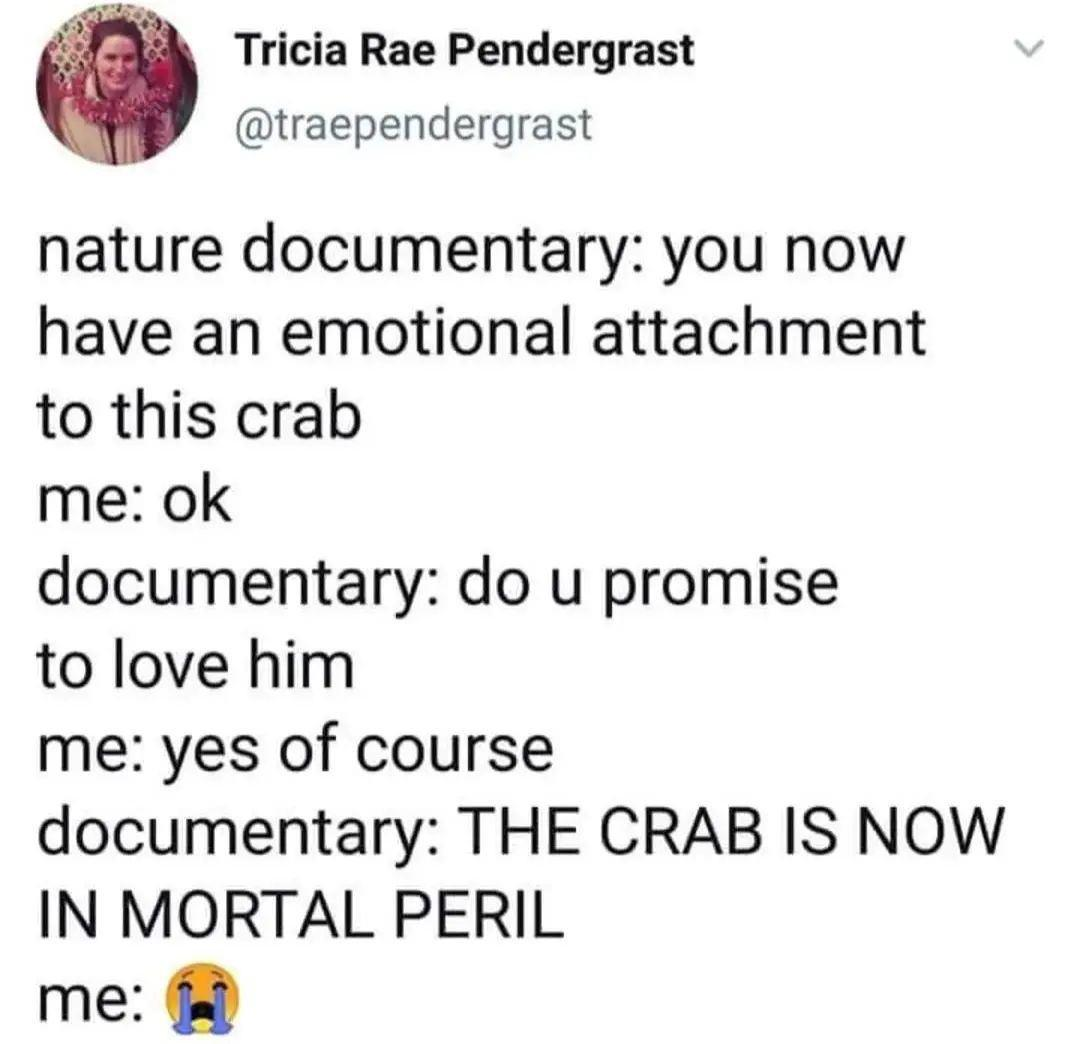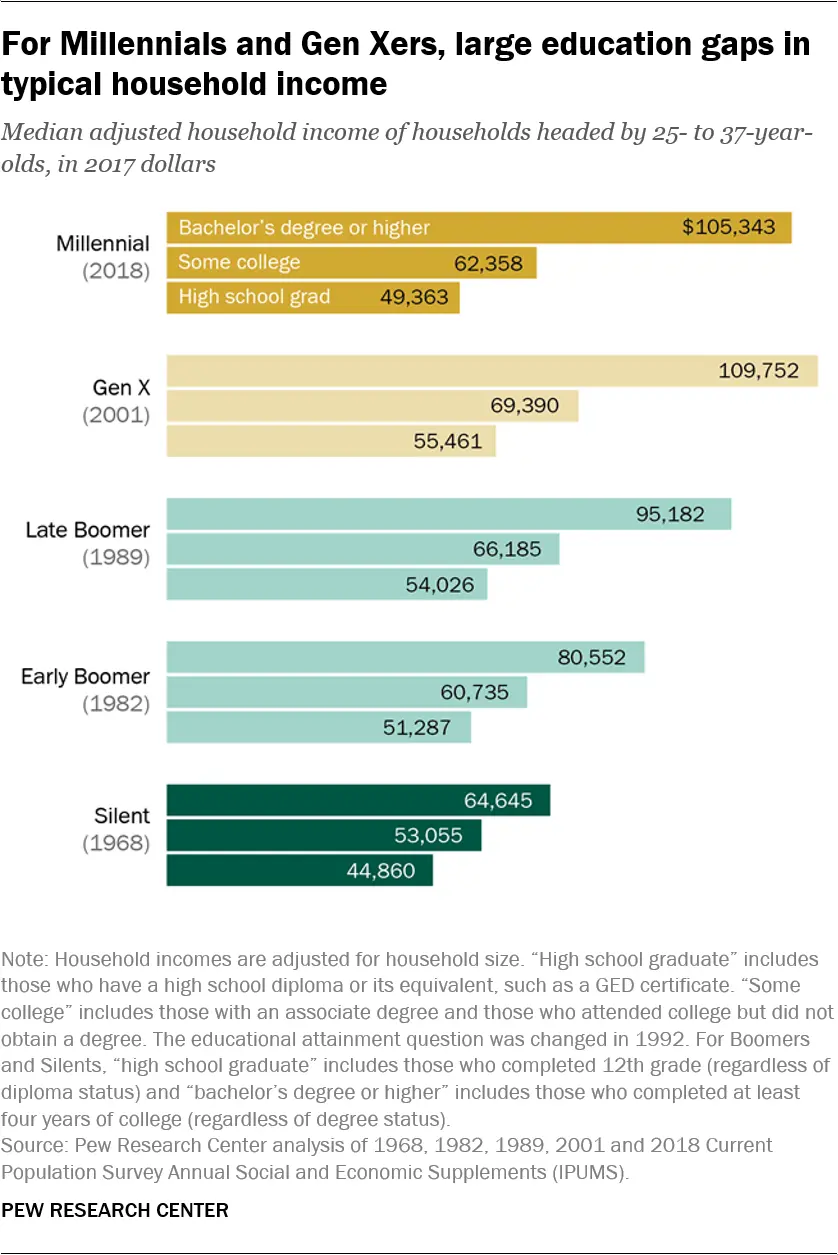Our camera operator could easily help, but they won't.
Helping the crab would eliminate the purpose of the camera altogether. As humans, we feel empathy for the individual. But in a natural state, there are predators and scavengers who survive if the crab dies, just as the crab preys on its food. The cycle of life will progress undisturbed whether we observe it or not, and learning what we can from the life and death of the crab is more valuable than the sum total of the individual crab's experiences or suffering. Interference will only shift suffering from one individual to the next.
But what do we learn? There's no scientific rigor in dramatizing a creature's survival. The purpose of a nature documentary is to capture on film the essence of the natural world, to share it, but also to sell it for profit. The crab's struggles become the ad dollars that fund the camera crew and studio and the scientific research into crab migration patterns. Of course, the revenue from nature documentaries rarely generates profit to justify the investment. So that can't be the only motivation.
Could it be that anthropomorphizing the crab desensitizes the viewer to accept the suffering of the individual if it benefits the greater good? In this framework, suffering of the individual is expected, even welcome, as long as the system remains strong. Predators eat, prey are eaten, and interference is a fool's errand.
This program is brought to you by Bank of America.

